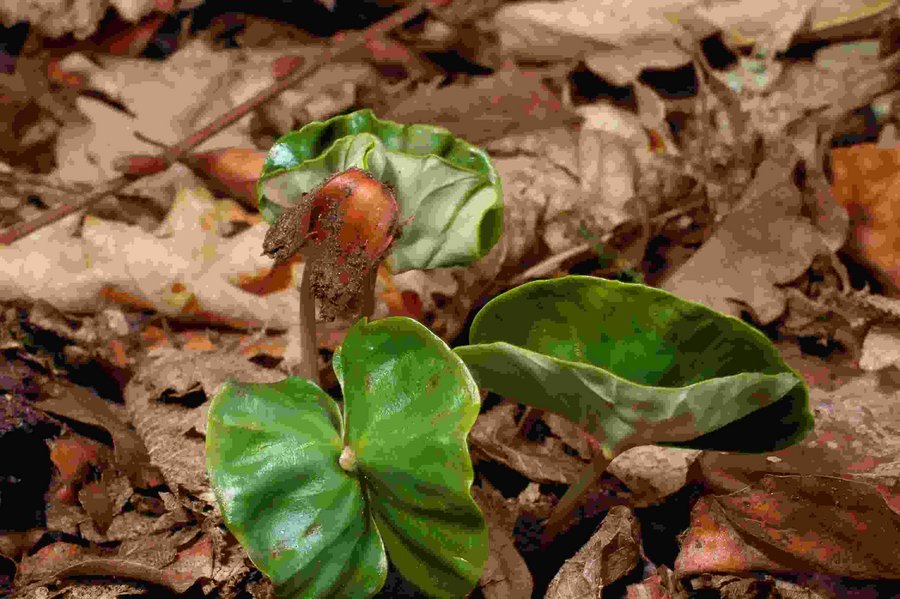In Germany there are about 15,000 special areas in forests on a total of almost 112,000 hectares which are authorised for seed production. Here 28 of the economically most important tree species grow. On these seed stands, forest seed and forest plant nurseries and harvesting companies produce high-quality seed which is later used for reforestation.
Harvest by hand
When the fruits of beech, oak or chestnut trees are ripe, they are caught with nets or collected by hand. However, the cones of conifers must be picked: Either by cone pickers, who climb into the tops of firs, Douglas firs and other coniferous trees for this purpose, or from the lying tree, if it has been felled for forest maintenance purposes, for example. The felling and harvesting dates are coordinated in order to obtain as many ripe fruits as possible.
The collected fruits are then cleaned, dried and either stored, exported or sold to nurseries to grow new seedlings. After two to three years, the plants are large and robust enough to be planted out in the forest.
Natural fluctuations in crop yields
The current harvest statistics for forest seed of the Federal Agency for Agriculture and Food (BLE) show In the harvest period from July 2019 to June 2020, an above-average harvest was achieved for the great coastal fir (3,200 kg) and the red oak (178,000 kg). In a comparison of the past ten years, the 2019 nursery year also saw high harvests of red beech (116,609 kg), sweet chestnut (13,880 kg), Douglas fir (905 kg), silver birch and downy birch (710 and 128 kg respectively) and robinia (593 kg). After a strong 2018 harvest year, the 2019 nursery year saw a small harvest of sessile oak and sessile oak. These fluctuations result from the natural sequence of high-yield and low-yield years of a tree species.
Harvest survey data with extended search, sort and filter functions can be found on the BLE website on forest genetic resources: https://fgrdeu.genres.de/erntehandel/ .
The production and sale of forest seed is subject to strict legal regulations (Forest Reproductive Material Act, FoVG), because its origin and genetic characteristics are not externally recognisable. However, the choice of the right seed and planting material is of crucial importance, as newly established climate-stable forests are intended to last for eighty, one hundred or more years.
German Forest Days 2020
In order to draw attention to the condition of the forest, the German Forest Days will be held throughout Germany from 18 to 20 September 2020. Foresters, forest owners and organisations invite citizens to numerous events in the forests. The dialogue focuses on the "forest in climate stress" and how the future of the forest can be secured. More information on the website of the German Forest Days.
Source: BLE press release dated 17.09.2020


